Ecommerce Payment Gateways
Ecommerce Payment Gateways
Imagine standing in a splendid digital cornucopia, a shopping cart brimming with everything from the inflatable unicorn you never knew you needed to that high-tech espresso machine for your caffeine infusions. You make your way to the checkout, only to find… there’s no easy way to pay. The horror! This, my friends, is exactly the kind of nightmare scenario we want to save your customers from. Welcome to the dazzling world of Ecommerce Payment Gateways – the unsung heroes ensuring your online store doesn’t turn into a digital ghost town.

Choosing the right payment gateway is like picking the perfect toppings for your pizza; it needs to complement your business setup, not give it indigestion. With a plethora of options out there, each flaunting their own set of bells and whistles, deciding on one can be as overwhelming as scrolling Netflix on a Friday night. But fret not! We’re here to guide you through this maze with tips that’ll have you zipping through payment gateway selections faster than you can say “Emmerce Limited”. Let’s lift the fog on this mystic journey and ensure your online transactions are smoother than a buttered slide.
Understanding Ecommerce Payment Gateways
Let’s dive headfirst into the fabulous world of ecommerce payment gateways. Imagine them as magical portals that take money from your customers’ pockets and drop it into yours, minus the sorcery and with a lot more security protocols.
What are Ecommerce Payment Gateways?

An ecommerce payment gateway is the online version of a checkout counter. It’s where the magical swap of goods for cash happens, but digitally. These gateways authorize and process payments for online businesses, making it possible to zap money across the internet. In simpler terms, they are the middlemen who take money from your customers, give it a little digital handshake, and pass it onto you, while ensuring no villains (read: fraudsters) tag along.
Importance of Choosing the Right Payment Gateway
Choosing the right payment gateway is like picking out the perfect streaming service. You want one that has all your favorite shows (features), doesn’t leave you buffering at the climax (reliable), and doesn’t cost you an arm and a leg (reasonably priced). The gateway determines how smoothly transactions go, the breadth of payment methods available, and the level of security. Get it wrong, and you could be leaving your shop with a digital “Closed” sign more often than not.
Key Factors to Consider When Choosing a Payment Gateway
Before you jump on the payment gateway bandwagon, here are some must-ponders:
– Compatibility: Will it play nice with your ecommerce platform or act like a sulky teenager?
– Fees: Because no one likes hidden charges popping up like unwelcome guests.
– Security: Stronger than a superhero, it needs to keep the baddies at bay.
– User Experience: Your customers shouldn’t need a map and compass to make a payment.
– Payment Methods: More options mean happier customers. Visa, MasterCard, carrier pigeons? Maybe not the last one.
– Customer Support: When things go south, you’ll want a real human and not just an automated “We care about you” email.
Popular Ecommerce Payment Gateways
Now, let’s talk about the cool kids on the block. These gateways have climbed the popularity charts for various reasons, including simplicity, reliability, and security.
PayPal
The granddaddy of payment gateways, PayPal, has been around since watching movies required renting DVDs. It’s widely recognized, trusted by millions, and is about as straightforward as it gets. With PayPal, you can cater to a global audience with ease. However, its fees can feel like a mini heart attack if you’re not prepared.
Stripe
Stripe is the tech-savvy, cool cousin everyone loves. It’s incredibly flexible, allowing for customization that fits your business like a glove. Use it to accept payments from all over the globe, and enjoy features designed for tech enthusiasts. However, Stripe’s cool functionalities might require a translator (a developer) if tech jargon isn’t your native language.
Square
Square is like that friend who insists on making everything easy for you. It started with a focus on physical stores but now supports online payments too. Square shines with its simplicity and no-fuss setup. But, be warned, it’s more suited for Darth Vader (small businesses) than the Galactic Empire (large businesses).
Each of these gateways has its charm and perks. Whether you align more with PayPal, Stripe, or Square, your choice should mirror your business needs, aspirations, and how you want your customers to feel during checkout – hopefully, like they’re gliding on a rainbow and not trudging through a swamp.
Steps to Choosing the Right Payment Gateway for Your Business

Imagine stepping into an ice cream parlour and finding they only accept payment in bottle caps. Weird, right? Similarly, in the digital shopping world, choosing the right payment gateway is crucial to avoid turning your checkout process into a bizarre bazaar that only accepts the currency of inconvenience. So, let’s dive into the steps to pick a gateway that doesn’t make your customers wish they had paid in magic beans instead.
Assessing Your Business Needs
First things first, you need to understand your business like the back of your hand or like you understand why puppies are cute – inherently and deeply. Assess your transaction volume, your target market’s preferred payment methods, and whether you’re selling internationally. This step is like choosing a new phone – you don’t need the one with 100GB of RAM if all you do is call and WhatsApp.
Comparing Fees and Rates
Now, let’s talk money, the root of all… well, transactions, in this case. Payment gateways come with their own little garden of fees and rates – transaction fees, monthly fees, setup fees, and even fees for receiving the magical notification “ka-ching” in your inbox. Make sure to compare these as though you were comparing the nutritional labels on cereal boxes. You want the best bang for your buck without the hidden sugars.
Evaluating Security Features
Security features in payment gateways are like the bouncers at the club. You want them tough enough to keep the riff-raff (fraudsters) out, but not so overzealous that they scare away your legit customers by asking for a blood sample for verification. Look for gateways offering PCI DSS compliance, SSL certificates, and fraud detection tools. These features are your electronic guard dogs, minus the drool.
Checking Integration Options
Compatibility is not just important in relationships but also when integrating payment gateways with your ecommerce platform. It’s like trying to fit a square peg in a round hole if they don’t match up. Check if the gateway plays nice with your platform, whether it supports the shopping cart you use, and if it can integrate smoothly like peanut butter with jelly.
Best Practices for Implementing Ecommerce Payment Gateways

Now that we’ve picked our perfect payment gateway, it’s time to roll it out without causing a digital stampede. Implementing these gateways seamlessly is like hosting a successful party – you want everyone to have a good time without any hitches.
Streamlining Checkout Processes
Nobody likes standing in long lines, whether at the DMV or in a digital checkout queue. Streamlining your checkout process involves removing unnecessary steps and ensuring that filling out payment forms is as painless as possible. Think express checkout, saved payment information for returning customers, and as few form fields as legally possible. Your goal is to make checking out smoother than a jazz musician on a Saturday night.
Offering Multiple Payment Options
Variety is the spice of life, and it also applies to payment options. Offering a bouquet of payment methods – credit cards, PayPal, Apple Pay, carrier pigeons carrying bags of coins (okay, maybe not the last one) – caters to the varied preferences of your customers. It’s like being at a buffet and having the freedom to choose between sushi and spaghetti. More options, happier customers.
Ensuring Mobile Compatibility
In a world where people are more likely to forget their pants at home than their smartphones, ensuring your payment gateway is mobile-friendly is non-negotiable. This means optimizing the payment process for smaller screens, making buttons finger-friendly, and ensuring that the whole experience is smoother than scrolling through memes on a Sunday afternoon. Remember, if they can’t pay with one hand while holding a latte in the other, you’re doing it wrong.
Choosing and implementing the right ecommerce payment gateway isn’t rocket science; it’s more like hosting a fabulous dinner party. With a bit of planning and consideration for your guests’ (customers’) needs, you can ensure everyone leaves happy, full, and willing to come back.
Tips for Optimizing Payment Gateway Performance
Navigating the world of ecommerce payment gateways can feel like trying to choose the best donut at a bakery that never closes—overwhelming but crucial for your happiness. Or, in this case, the success of your online business. Once you’ve partnered up with a gateway that doesn’t make you want to pull your hair out, it’s time to get down to business optimizing its performance. Here’s how:
Monitoring Transaction Success Rates
Keeping an eye on transaction success rates is a bit like checking your texts after sending a risky joke—nervous but necessary. High success rates are the virtual high-fives of the ecommerce world; they mean your customers are breezing through checkout without slamming into any virtual walls. Low rates, though, are your cue to spring into action. Dive into the data, identify when and why transactions are failing, and adjust your settings or user interface accordingly. It’s like detective work, but no one gets arrested—hopefully.
Addressing Payment Failures
When it comes to handling payment failures, think of yourself as a digital superhero—minus the cape and spandex. If a customer’s payment hits a snag, swoop in with clear, comforting instructions on what to do next. Maybe their card is expired, or perhaps they fat-fingered their security code. Whatever the case, make sure your website communicates issues in a way that doesn’t make them feel like they’ve tried to rob a bank. An FAQ section or a live chat can work wonders in reducing cart abandonment rates.
Enhancing Fraud Prevention Measures
Lastly, beefing up your fraud prevention measures is akin to putting on your battle armor before heading into combat. It’s essential for protecting your realm (aka your online business). Implement tools like Address Verification Service (AVS) and require the Card Verification Value (CVV) for transactions. Consider adding layers of security with two-factor authentication for an added oomph. Not only does this make your business less appealing to digital miscreants, but it also gives your customers peace of mind, making them more likely to return. And just like in medieval times, trust and loyalty are the keys to a thriving kingdom—or ecommerce store.
Conclusion
Choosing the right ecommerce payment gateway for your online business is akin to selecting the best dessert at a buffet—everything looks good, but only one will leave you truly satisfied without any regrets. You’ve got to weigh the flavors (transaction fees and customer service), consider the ingredients (security measures), and think about how it complements your main course (your business model). Go for an option like Emmerce Limited that not only processes payments smoother than butter but also offers a sweet aftertaste of customer satisfaction and business growth. Remember, the right payment gateway is not just about closing a sale; it’s about opening doors to a world of seamless transactions, ensuring your business blooms faster than you can say “cha-ching!” So, take your time, do your due diligence, and choose a gateway that will make both your wallet and your customers happy. And just like that, you’re not just running a business—you’re creating an experience. Bon appétit!










